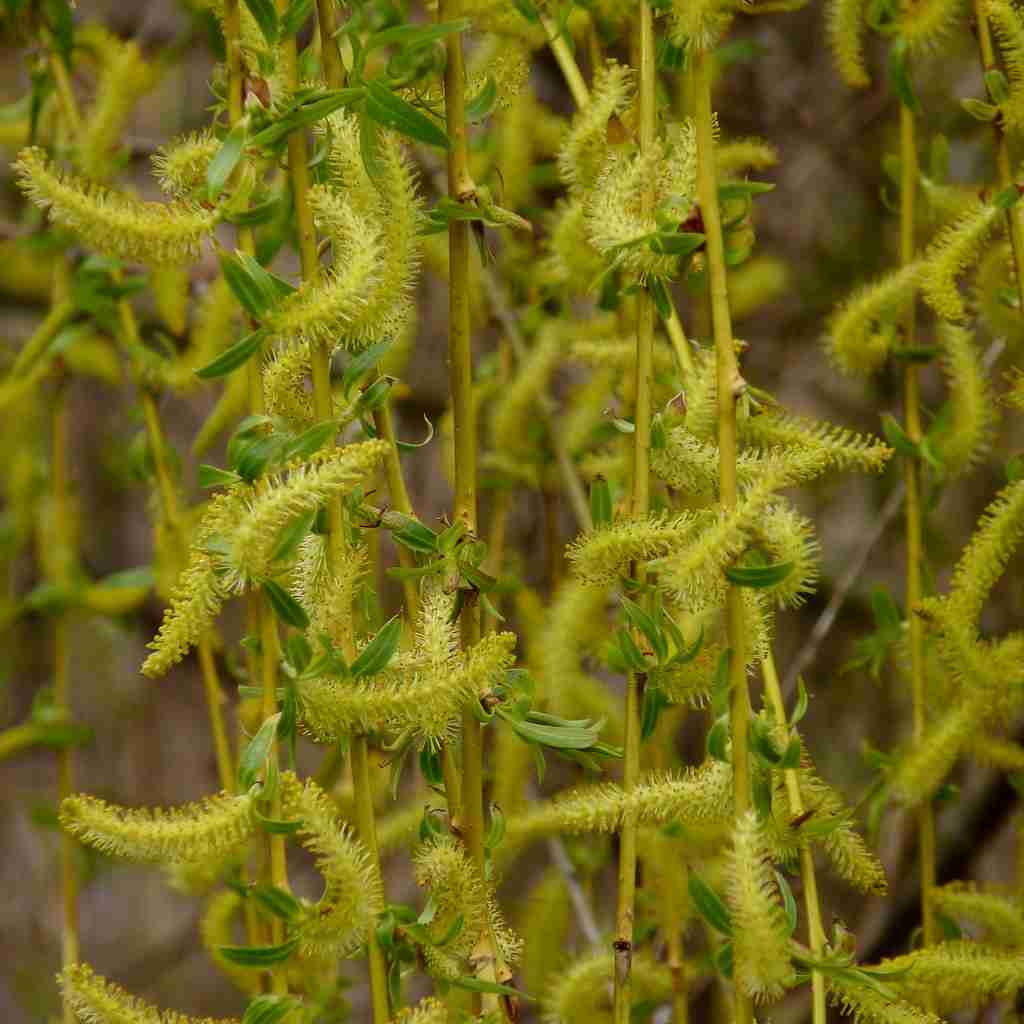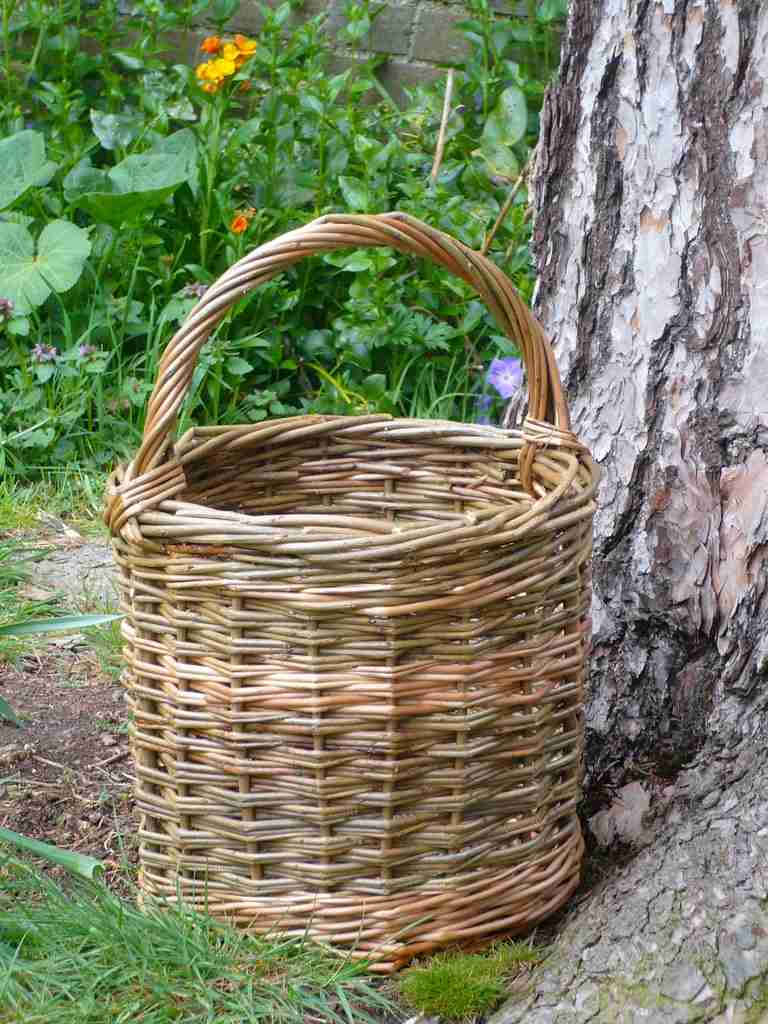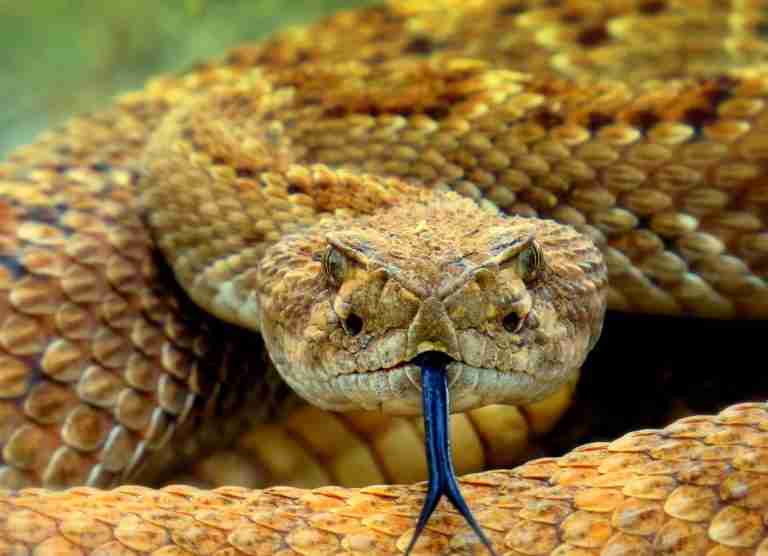23 Fun Facts About Weeping Willow Trees
1. There are around 400 species of Weeping Willow Trees worldwide.
The Weeping Willow tree, known as Salix or ‘sallow’ in Latin, boasts around 400 species globally, with most of these found in the Northern Hemisphere. In the U.S., over 80 varieties flourish, while Canada is home to about 70 native species.
These trees, often intercrossable, display vast variation within species, making precise identification challenging.
2. Weeping Willows are a hybrid of the Peking Willow and White Willow.
The Weeping Willow, scientifically known as Salix × sepulcralis, is a hybrid, blending the Peking Willow (Salix babylonica) from China with the White Willow (Salix alba).
This elegant tree, often seen in gardens, is widely recognized for its ornamental beauty. Interestingly, the commonly planted Chinese willow, Salix matsudana, is now synonymous with S. babylonica.
3. The Weeping Willow was named scientifically by Carolus Linnaeus in 1736.
In 1736, the Weeping Willow, or Salix babylonica, was first scientifically named by Carl Linnaeus, a renowned Swedish botanist. Linnaeus identified this species, known for its pendulous branches, in the Clifford garden in The Netherlands.
Interestingly, he mistook it for the biblical trees of Babylon, likely poplars, which are related to Willows in the Salicaceae family.
4. Weeping Willow trees reach heights of 30-50 feet and spread about 30-40 feet.
Weeping Willow Trees typically grow to impressive heights, ranging from 30 to 70 feet tall. They can spread equally wide, with some reaching up to 60 feet in both height and width.
These trees thrive in moist locations and are adaptable to various soil types. Their expansive crown often mirrors their height, creating a balanced, majestic appearance in landscapes.
5. Weeping Willow Trees are originated from China.
The Salix babylonica, known as the Babylon willow or Weeping Willow, originates from northern China’s dry regions. This willow species has been cultivated and valued across Asia for centuries.
Through trade along the historic Silk Road, it reached southwest Asia and Europe. Over time, various cultivars of Salix babylonica spread to Oceania and were eventually introduced to North America.
6. Weeping Willows are dioecious, with separate male and female flowers.
Weeping Willows are dioecious, meaning they have distinct male and female trees. In April, alongside the leaves, both genders display catkins, the tree’s flowering structure.
Male catkins are about 2 inches long, more noticeable with small flowers featuring yellowish anthers and two stamens. Female catkins, on the other hand, are smaller, less conspicuous, and have greenish flowers, contributing to the tree’s reproductive process.
7. In Ancient China, Weeping Willow branches were thought to ward off evil.
In ancient China, weeping willow branches were believed to repel evil. During the Qingming Festival, people carried these branches or placed them on gates and doors to protect against wandering spirits.
Similarly, in Greek mythology, weeping willows symbolize magic, sorcery, and creativity. They are also linked to mysticism and witchcraft, with legends suggesting witches’ brooms were made from willow twigs.
8. Weeping Willows are a source of salicylic acid, a precursor to aspirin.
Weeping Willows are a natural source of salicin, a compound crucial in aspirin production. Extracted from the bark, salicin is converted into salicylic acid, aspirin’s primary ingredient.
In 1897, chemist Felix Hoffman developed a synthetic, stomach-friendly version of this acid, leading to the creation of aspirin by Bayer. This discovery highlights the willow’s significant contribution to modern medicine.
9. Weeping Willows are cross-fertile, with many hybrids known.
Weeping Willows are highly cross-fertile, leading to numerous hybrids. Most willows reproduce asexually; fallen branches or twigs can easily root and grow into new trees, creating clones identical to the parent.
This ability to hybridize is widespread among willows, as long as they flower simultaneously, allowing for a diverse range of willow species with shared genetic traits.
10. In some cultures, Weeping Willow branches were used in beds for fertility.
In various cultures, Weeping Willow branches symbolize fertility and new life. Native American tribes placed these branches in the beds of newlyweds to enhance fertility.
In Athens, Greece, willow branches were put in the coffins of infertile mothers as a symbol. Embodying regeneration, even an upside-down willow branch planted in the ground can root and grow, showcasing its life-giving properties.
11. Weeping Willow’s wood is used in making musical instruments.
The wood of the Weeping Willow Tree is not only admired for its ornamental beauty but also valued in crafting musical instruments. Particularly in Norway and Northern Europe, artisans use its bark to create flutes and whistles.
This versatile tree thus combines aesthetic appeal with practical use, contributing to the art of music through its natural resources.
12. Weeping Willows are used in environmental projects for biofiltration.

Weeping Willows play a significant role in environmental projects, particularly in biofiltration. They can filter contaminants from wastewater, making them valuable in ecological wastewater treatment and phytoremediation.
Additionally, their extensive root systems are used for stabilizing streambanks, controlling soil erosion, and creating windbreaks and wildlife habitats. Often planted along streams, their roots intertwine, offering robust protection against water erosion.
13. Weeping Willows are one of the fastest-growing plants in the world.
Weeping Willows are among the world’s fastest-growing plants, with an impressive growth rate of 3-8 feet annually. Their rapid growth rate makes them a quick solution for adding greenery and shade.
In optimal conditions, including suitable soil, sunlight, and water, these trees can swiftly reach heights of about 40 feet and spread to 35 feet.
14. Dyes extracted from Weeping willow trees are used for tanning of the leather.
The dye extracted from Weeping Willow bark is a valuable resource in the leather tanning industry. This natural dye not only colors but also softens leather, making it ideal for crafting pliable, light-colored leather products like gloves.
Additionally, this versatile dye finds use in coloring paints, varnishes, inks, paper, and wood, showcasing the tree’s multifaceted utility.
15. Despite its name, Salix babylonica, the Weeping Willow does not originate from Babylon.
The Weeping Willow, scientifically named Salix babylonica, is mistakenly associated with Babylon. Carl Linnaeus, the renowned botanist, incorrectly believed it originated from ancient Babylon, as mentioned in Psalm 137 of the Bible.
However, this tree actually hails from China, not Babylon, revealing a historical mix-up in its naming and association with the biblical region.
16. Weeping Willow branches bear edible, conical capsule-shaped fruits.

Weeping Willow branches produce unique fruits: small, edible, conical capsules, about 1 inch long. These light brown capsules, resembling those of Quaking and Bigtooth Aspens, appear in clusters.
Inside, they contain tiny, cottony seeds. These fruits, though not prominent, add to the tree’s charm, emerging in spring and contributing to the willow’s distinctive appearance.
17. Shakespeare uses the mournful symbolism of the Weeping Willow in Hamlet.
In Shakespeare’s works, the Weeping Willow symbolizes sorrow. In ‘Hamlet,’ Ophelia tragically drowns after a willow branch breaks. Similarly, in ‘Othello,’ the willow’s mournful essence is captured in Desdemona’s Willow Song, sung in a moment of deep despair.
These references highlight the willow’s enduring association with grief and melancholy in literature.
18. Weeping Willows are a favorite in literature, appearing in Harry Potter and The Lord of the Rings.
In popular literature, the Weeping Willow makes notable appearances. J.K. Rowling’s Harry Potter series features the Whomping Willow, a formidable tree guarding a secret passage at Hogwarts.
Similarly, J.R.R. Tolkien’s ‘The Lord of the Rings’ introduces Old Man Willow, another memorable willow character. These fictional willows, with their distinct personalities, have captivated readers worldwide.
19. Weeping Willow was traded along the Silk Road to Europe and North America.
The Weeping Willow, likely originating in China, became a prominent trade item along the Silk Road. By 1730, it reached England from Aleppo, Syria, and quickly spread to gardens and riverbanks.
Soon after, early settlers introduced it to America. This journey highlights the weeping willow’s transition from an Asian native to a globally recognized tree.
20. Weeping Willows have been used in crafts like basket weaving since ancient times.

Since ancient times, Weeping Willows have been integral to crafts like basket weaving. Dating back to 8300 BC, their flexible stems have been used for making fishing nets, baskets, and even intricate three-dimensional sculptures of animals and figures.
Additionally, willow wood serves in creating various items, including furniture and toys, showcasing its versatility and historical significance in craftsmanship.
21. Weeping willows, acting like sponges, are ideal for yards prone to flooding.
Weeping Willows are nature’s sponges, ideal for waterlogged or flood-prone areas. Their ability to absorb vast amounts of water and their strong, extensive root systems make them perfect for drainage and preventing soil erosion.
Especially effective near rivers, streams, or lakes, these trees help stabilize the ground during heavy rains, safeguarding against the impacts of flooding.
22. Weeping Willows are susceptible to diseases like powdery mildew.
The Weeping Willow tree, while majestic, is vulnerable to various diseases like powdery mildew, tar spot fungus, willow scab, and anthracnose, leading to issues like leaf spots and stem lesions.
Pests such as aphids and gypsy moths also pose threats. However, regular pruning and targeted fungicide treatments can effectively reduce these problems, maintaining the tree’s health and appearance.
23. Weeping willows flourish in USDA Hardiness Zones 4-10, adapting to all regions.
Weeping Willows thrive across diverse climates, particularly in USDA Hardiness Zones 4-10. These zones indicate the tree’s adaptability to various regions based on the lowest winter temperatures.
It showcases its resilience and ability to flourish in a wide range of environmental conditions across a substantial part of the country.
FAQs
Weeping Willows appear to weep during rain due to their drooping branches. In autumn, this effect is enhanced as they shed leaves, leaving bare branches. Additionally, their bark is known for its beneficial properties.
Your Weeping Willow tree may be dying due to pests like aphids and diseases like scab, blight, or root rot. Overly wet conditions or improper planting, especially too deep, can also cause leaf drop, decline, and dieback. Check for dark spots on branches.
Weeping Willows typically live for about 30 years, but with good care and a bit of luck, they can last up to 50 years.
Weeping Willows grow quickly, often over 3 feet yearly, and thrive best near freshwater due to their high water needs. It’s advisable to avoid planting them near sewer lines and septic tanks.
Dwarf Weeping Kilmarnock Willow Trees, suitable for small gardens, typically reach a height of 1.5 to 2 meters (about 5 to 6.5 feet) and prefer sunny spots in all but very dry soils.








